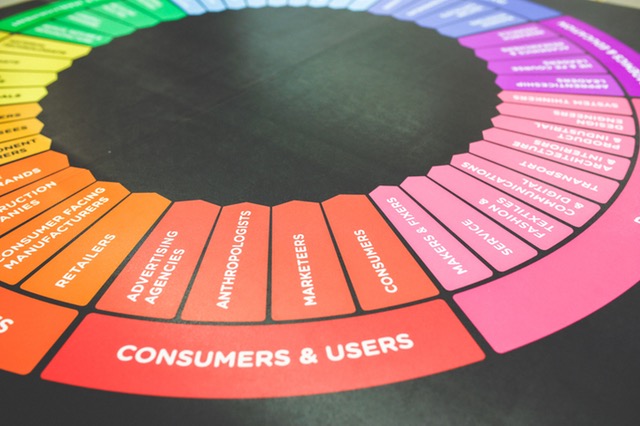When a customer comes in to buy certain goods or use a particular service, smart companies keep track of the customer’s buying habits to guide them with decision-making and predicting customer orders and purchases.
From the standpoint of a buying customer, he may notice something different from time to time, like why a certain brand is strangely low in numbers and why other brands are taking up the space that was left out.
A lot of businesses use predictive analysis to know what customers would likely buy in the future based on the current trends, i.e. what most customers are actually buying and how frequent.
However, it’s not as simple as overstocking your shelves with merchandise just because they are frequently sold. It requires careful analysis and taking every possibility into consideration.
The Role of Customer Relationship Management in Business
Customer Relationship Management tools (CRM) came in response to the rapidly-growing business industries. Back then, we only had spreadsheets and repositories to store and analyze data.
Nowadays, we have integrated, collaborative software tailored specifically for businesses. These applications are capable of handling incredible amounts of data and performing complex calculations to provide business owners with real-time analysis of their sales and marketing strategy.
Companies like KFC and McDonalds have been employing CRM tools for quite some time . Even the government uses CRM in some ways because it provides a more realistic and practical way to address the needs of its citizens.
Using CRM to Predict the Future
Making predictions is not as simple as it sounds. We need to factor in specific details like who usually bought them, specific time of the year, how much, how often, and the list goes on.
So how do smart companies make their projections based on customer data?
Analyzing customer data
Each time a customer checks out with his loyalty card, customer data goes right into the data centers or servers for processing. Without the proper tools to analyze and interpret these data, they’re nothing more than just a useless pile of customer information. CRM transforms these data into a usable format business owners could easily understand.
Loyalty and point cards are so popular with businesses nowadays. Your wallet is probably stuffed with them. If you have a loyalty card for your grocery store then the chain store is tracking every purchase you make and putting it into their CRM.
Narrowing down potential customers and repeat customers
Some of your prospects can become your regular buyers and loyal customers over time. Such information about your customer can serve as your basis when making your projections about sales.
If a brand of soap gets sold more frequently to a certain group of customers, your CRM can provide some answers and help you understand why this trend will continue on or if it’s just a short-term success.
Maintaining contact with the customers
CRM keeps track of your customers’ buying habits, interests, preferences, lifestyle, and other relevant information about them. Some even have features that remind users to follow-up with customers in a timely manner such as Small Business Dream’s Action List.
One of the best ways to maintain good relationship with your customers is to show how much you value them . Thanking them through Facebook, Twitter, email or SMS for making your company a part of their experience can go a long way.
Understanding past and current trends
Hindsight is said to have a 20/20 vision. CRM goes further by allowing you to ‘see’ the future. Telecom industries provide a classic example of how changing trends can make or break a company.
During the heyday of telecom companies like Nokia, mobile phones are regarded mainly as communication devices. Nokia had too much focus on their product line, all the while ignoring the competition and what the customers want for their mobile phones at that time.
By the time they realized it, they were on the verge of losing the market. They were too late. The once mighty telecom giant crumbled under its own weight and disappeared from the scene. The moral of the story? Don’t ignore the trends. Keep your eyes open and find out what is it that you’re missing out on.
Customer relationship management allows businesses to cut through the noise and “see the forest for the trees.” Learn how CRM applications like Small Business Dream can make a difference for your small business.
To find out more about Small Business Dream visit our website at www.smallbizdream.com

